
Exploring VFX : Changes, Challenges and Trends
Jul 15, 2025 5 Min Read 3857 Views
(Last Updated)
Visual Effects have become one of the important factors of modern storytelling. In fact, it is rare to see modern films without Visual Effects. It transformed the way we experience films, television, and even educational content.
As technology advances, there are significant VFX changes, facing unique VFX challenges, and embracing emerging VFX trends is crucial for every VFX artist.
Let’s explore these factors of VFX changes, VFX challenges, and growing VFX trends to understand the current world of VFX.
Table of contents
- The Evolution of VFX and Its Transformational Changes in the Industry
- The Birth of Practical Effects
- The Dawn of Technological Assistance
- The CGI Revolution
- Modern VFX: Realism at Its Peak
- VFX Changes Through the Years
- Advanced Tools and Software
- The Globalization of VFX
- Virtual Production Is Taking Over
- VFX Challenges in the Industry: A Detailed Look
- Demand for Hyper-Realism
- Tight Deadlines
- Budget Constraints
- Globalization and Outsourcing
- Data Security and Intellectual Property (IP)
- Growing VFX Trends: The Future of Visual Effects
- Real-Time Rendering
- Virtual Production
- Artificial Intelligence (AI) in VFX
- Extended Reality (XR): AR, VR, and MR
- Photorealism and Deep Fake Technology
- Conclusion
- FAQs
- What is the biggest change in the VFX industry over the years?
- What are the key challenges faced by the VFX industry?
- What are the latest trends shaping the future of VFX?
- How is virtual production changing filmmaking?
- What role does AI play in VFX?
The Evolution of VFX and Its Transformational Changes in the Industry
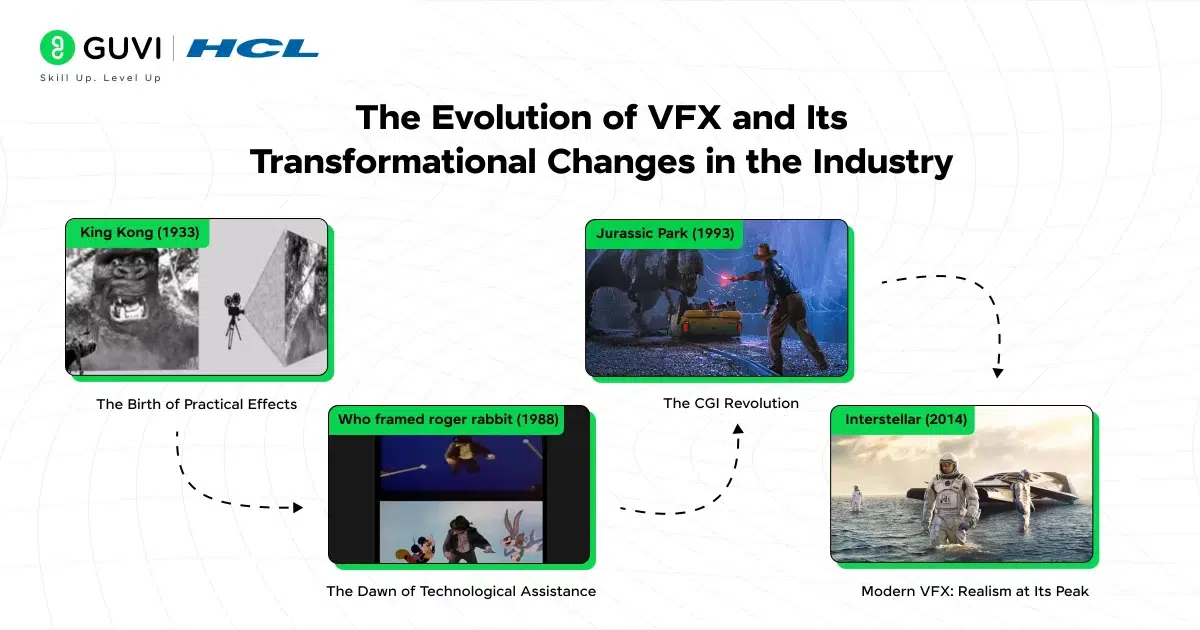
Visual Effects play an integral part in crafting unforgettable worlds and scenes that would otherwise be impossible to create.
But what’s equally fascinating is how far VFX has come since its early days. From practical tricks to groundbreaking CGI, and from niche artistry to a global industry, the world of VFX has transformed significantly. Here’s how it evolved through the years.
The Birth of Practical Effects
Before computers were even a concept, VFX relied entirely on practical effects, and physical techniques used directly on set. Think back to the classic monster movies of the early 20th century, like King Kong (1933).
Practical effects were creative but labor-intensive. Every scene required meticulous planning and manual effort, limiting what filmmakers could achieve.
The Dawn of Technological Assistance
The 1970s and 1980s marked a pivotal era for VFX, as technology began to lend a helping hand. Computers were introduced into the filmmaking process, forever changing the landscape of visual effects.
The CGI Revolution
The 1990s were a game-changer for VFX, thanks to massive leaps in computer technology. CGI began to dominate, allowing filmmakers to create effects that were previously unimaginable. Some standout moments included:
During this era, tools like 3D modeling, digital compositing, and animation software became essential to the filmmaking process. VFX was no longer an add-on but a core part of the creative pipeline.
Modern VFX: Realism at Its Peak
Fast forward to the 21st century, and VFX has reached new heights. Today’s technology allows filmmakers to create entire worlds, photorealistic creatures, and seamless visual effects that audiences often don’t even notice.
VFX Changes Through the Years
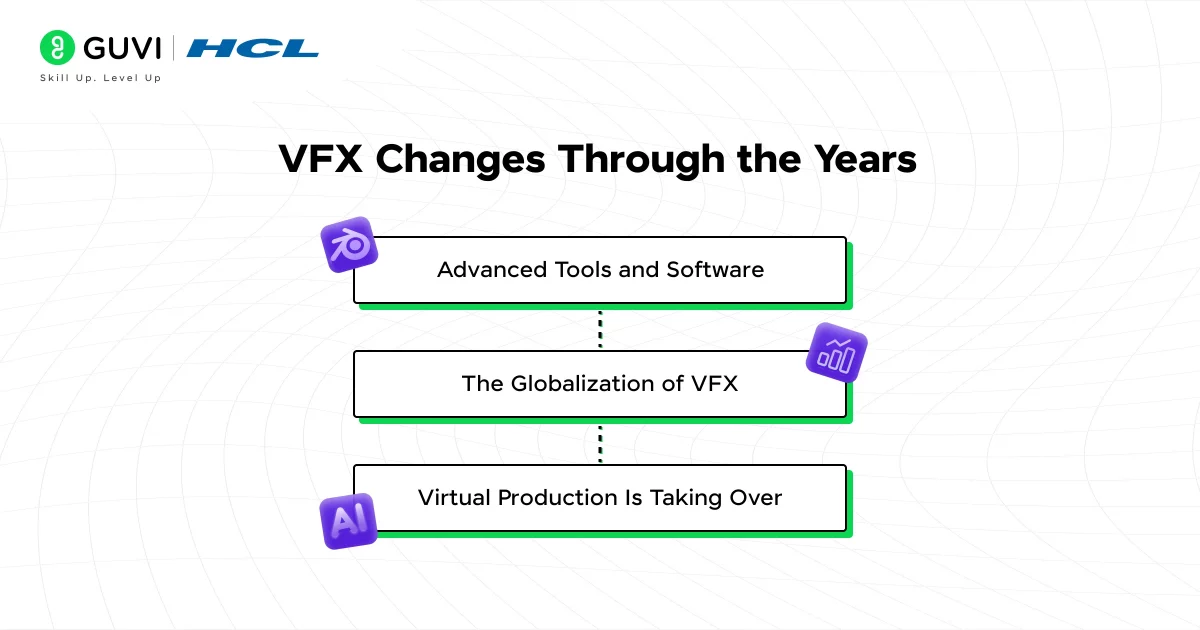
With all this evolution, the VFX industry itself has undergone massive changes, from how it operates to the challenges it faces.
1. Advanced Tools and Software
Gone are the days when VFX required massive, dedicated computers and highly specialized teams for even the simplest effects. Today:
- Software Like Blender and Maya: These tools have democratized VFX, making it accessible to indie filmmakers and small studios.
- AI and Machine Learning: Tasks like rotoscoping (cutting out objects from footage) or facial animation are now automated, saving time and costs.
These tools have made VFX faster, cheaper, and more efficient, but they’ve also raised the bar for quality.
2. The Globalization of VFX
The VFX industry is now a global phenomenon. Studios in countries like India, Canada, and New Zealand are key players, working on major Hollywood productions. This globalization has:
- Lowered Costs: Outsourcing certain tasks to regions with lower labor costs helps reduce budgets.
- Enabled Round-the-Clock Workflows: Studios in different time zones can collaborate, ensuring projects move forward 24/7.
3. Virtual Production Is Taking Over
Virtual production combines live-action filming with real-time digital environments, allowing filmmakers to see and interact with their digital creations on set. It offers several benefits:
- Real-time feedback lets directors make adjustments on the spot.
- Actors perform in immersive environments rather than against a green screen, leading to more natural performances.
The journey of VFX from simple practical effects to today’s photorealistic CGI and virtual production is a testament to human creativity and technological progress.
VFX Challenges in the Industry: A Detailed Look
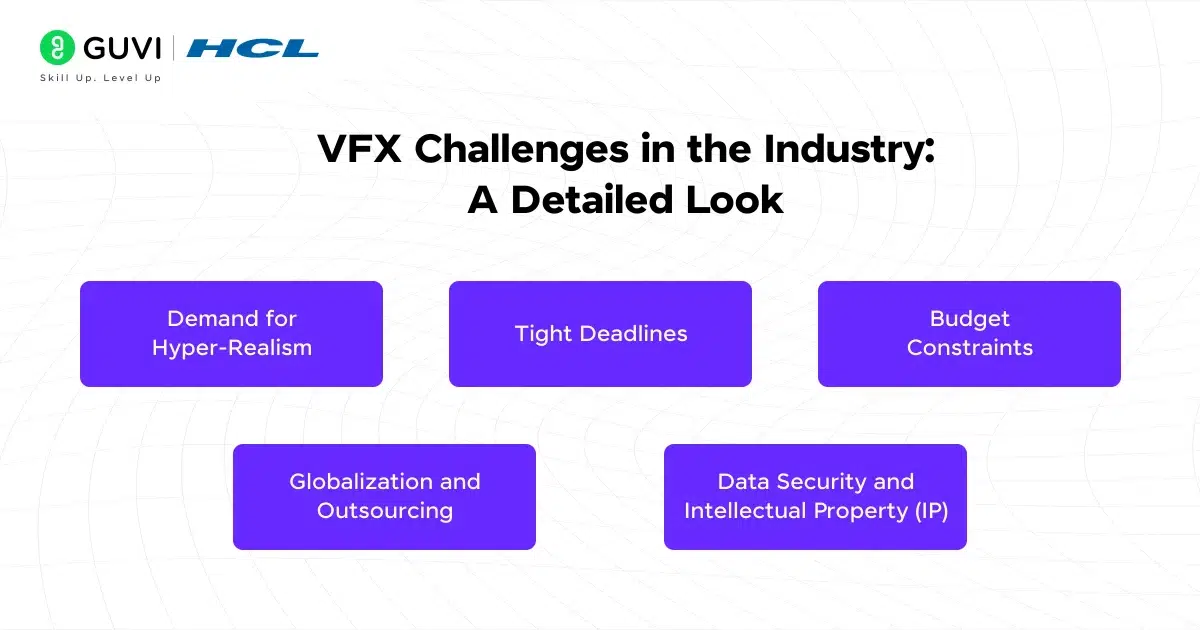
Let’s delve into the VFX challenges in detail, breaking them down for a clear understanding.
1. Demand for Hyper-Realism
Audiences today expect nothing less than perfection. Gone are the days when visible CGI seams or slightly unrealistic effects could be forgiven. Movies and shows now aim for visuals so convincing that they blend seamlessly with real-world footage. This demand creates immense pressure for VFX teams to push boundaries in areas such as:
- Texture and Detail: Every element, from skin pores to fabric fibers, must be meticulously crafted.
- Lighting and Shadows: Realistic lighting is critical, requiring sophisticated rendering techniques to mimic how light interacts with various surfaces.
- Physics-Based Simulations: Water, fire, smoke, and explosions must move and behave exactly as they do in real life.
Meeting these expectations often means longer production times, higher costs, and reliance on cutting-edge technology.
2. Tight Deadlines
In the competitive entertainment industry, time is money. Studios often set extremely tight deadlines for VFX delivery, which leaves artists with little room to breathe. This issue is compounded by:
- Multiple Revisions: Directors or producers might request significant changes late in the production process, forcing VFX teams to rework sequences under time pressure.
- Concurrent Projects: Many VFX studios work on multiple films or shows simultaneously, stretching their resources thin.
- Unrealistic Expectations: Sometimes, creative demands don’t align with the time or budget allocated, resulting in crunch periods for artists.
This “crunch culture” can lead to burnout and high turnover among VFX professionals.
3. Budget Constraints
While blockbuster films often allocate large budgets for VFX, not all projects have this luxury. Studios face the challenge of balancing high-quality effects with limited resources. Common issues include:
- Underpricing: VFX studios often bid competitively for projects, sometimes underestimating the time and resources required.
- Overruns: Unexpected complexities can cause projects to exceed their budgets, impacting profitability.
- Client Mismanagement: Some clients may demand extensive changes without accounting for the additional costs, putting financial strain on VFX providers.
Budget constraints often force studios to compromise on quality or overwork their teams to deliver within the allocated funds.
4. Globalization and Outsourcing
The globalization of the VFX industry has brought both opportunities and challenges. While outsourcing to countries with lower labor costs can reduce expenses, it introduces complexities such as:
- Communication Barriers: Working with teams across different time zones and languages can lead to miscommunication and delays.
- Quality Control: Ensuring consistent quality across multiple studios and teams can be difficult, especially when working with varied skill levels and tools.
- Unstable Economics: Currency fluctuations and geopolitical issues in outsourcing hubs can disrupt workflows and budgets.
Globalization also creates intense competition among studios, driving down prices and increasing pressure on artists.
5. Data Security and Intellectual Property (IP)
With the rise of digital workflows, protecting sensitive data has become a top priority. High-profile leaks or breaches can have severe consequences, including:
- Financial Losses: Leaked footage can harm a film’s box office performance.
- Reputation Damage: Studios that fail to safeguard content risk losing clients and credibility.
- Legal Issues: Unauthorized distribution of intellectual property can lead to costly lawsuits.
VFX studios must invest in robust cybersecurity measures, which can be expensive and complex to implement.
Understanding these VFX challenges not only highlights the incredible effort behind every visual masterpiece but also sheds light on the importance of supporting VFX professionals as they push the boundaries of what’s possible on screen.
Growing VFX Trends: The Future of Visual Effects
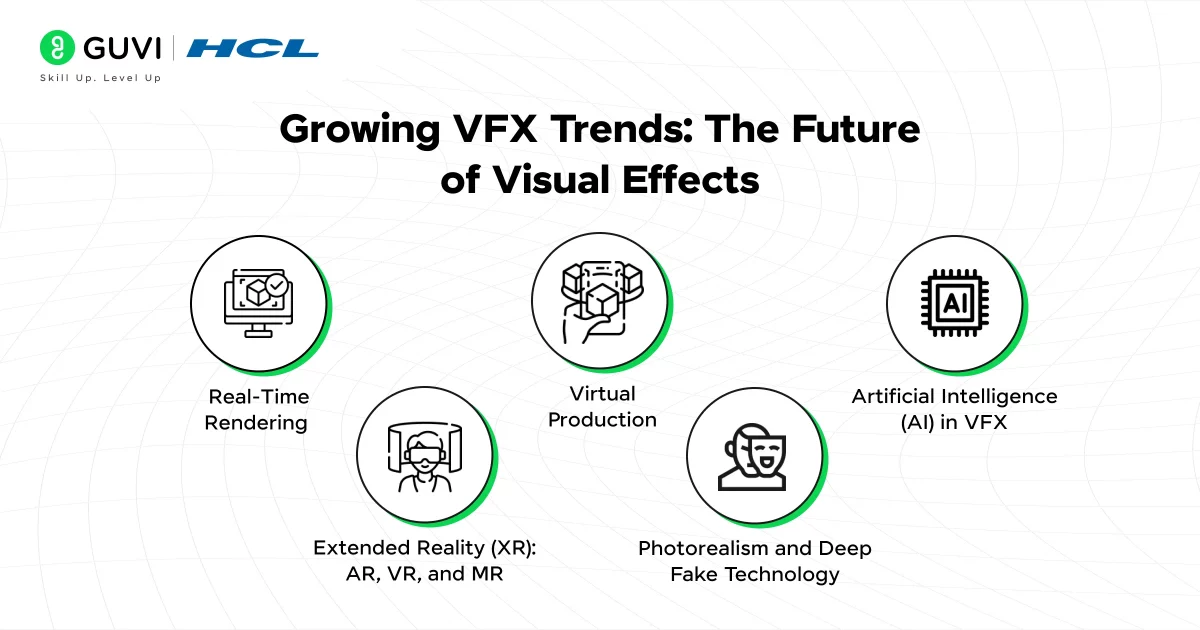
The VFX trends are shaping the future of the industry, enabling filmmakers to create more immersive and visually stunning experiences.
Let’s take a detailed look at the most prominent VFX trends, explaining how they are transforming the field.
1. Real-Time Rendering
One of the most significant developments in VFX is the rise of real-time rendering, a technology that allows visuals to be generated and adjusted instantly. Real-time rendering engines, like Unreal Engine and Unity, are revolutionizing workflows in film, TV, and gaming.
Why It’s Important
- Speed: Real-time rendering drastically reduces the time needed to produce effects, enabling quicker iterations and faster decision-making during production.
- Versatility: It’s used not only for pre-visualization but also for final outputs, blending traditional filmmaking and post-production processes.
- Immersive Virtual Production: Shows like The Mandalorian leverage real-time rendering for LED walls, replacing green screens and allowing actors to perform within realistic, interactive environments.
Applications
- Film production (The Lion King, The Mandalorian)
- Gaming cinematics
- Virtual reality (VR) and augmented reality (AR) experiences
2. Virtual Production
Virtual production is a cutting-edge technique that combines real-time rendering, LED screens, and motion tracking to create immersive environments during filming. Instead of relying heavily on green screens, filmmakers can now visualize and capture digital sets live on location.
Why It’s Transformative
- Seamless Integration: Actors can interact naturally with their surroundings, as they see the digital environments in real-time.
- Cost-Efficiency: It reduces the need for costly on-location shoots and minimizes post-production time.
- Creative Flexibility: Directors and cinematographers can adjust lighting, angles, and set designs instantly during filming.
Notable Examples
- The Mandalorian pioneered this trend with its StageCraft technology.
- Films like Thor: Love and Thunder and The Batman have adopted similar techniques.
3. Artificial Intelligence (AI) in VFX
AI and machine learning are becoming integral to the VFX industry, automating repetitive tasks and enhancing creative possibilities.
Key Applications of AI in VFX
- Automating Rotoscoping and Compositing: AI tools can isolate objects and characters from backgrounds, saving countless hours of manual labor.
- Facial Animation and De-Aging: AI enhances motion capture data to create realistic facial expressions or digitally de-age actors, as seen in The Irishman.
- Procedural Generation: AI algorithms can create landscapes, textures, and animations automatically, reducing manual effort.
- Style Transfer: Applying specific visual styles to footage in post-production, useful for creating unique artistic effects.
Future Potential
AI is poised to expand its role in VFX, enabling real-time feedback, automated corrections, and hyper-realistic effects with minimal human intervention.
4. Extended Reality (XR): AR, VR, and MR
Extended Reality (XR), which encompasses Augmented Reality (AR), Virtual Reality (VR), and Mixed Reality (MR), is becoming a significant trend in VFX. These technologies are transforming how we interact with and experience digital content.
How It’s Used
- Augmented Reality (AR): Adds digital elements to the real world, as seen in mobile apps like Pokémon Go or immersive marketing campaigns.
- Virtual Reality (VR): Creates fully immersive digital environments, popular in gaming and training simulations.
- Mixed Reality (MR): Combines real and digital elements, enabling users to interact with both simultaneously.
Industry Applications
- Gaming and interactive storytelling (e.g., Half-Life: Alyx)
- Virtual sets and environments in filmmaking
- Immersive experiences for theme parks and events
5. Photorealism and Deep Fake Technology
The quest for photorealism continues to drive innovation in VFX, blurring the line between reality and fiction. Deepfake technology, which uses AI to replace or manipulate faces in footage, is a controversial but growing trend.
Applications
- De-Aging and Resurrecting Actors: Used in films like The Irishman and Rogue One: A Star Wars Story to create younger or entirely digital versions of characters.
- Hyper-Realistic Digital Doubles: Digital doubles are becoming more common for stunts and scenes that require extreme realism.
Ethical Concerns
While the technology is powerful, it raises questions about consent, copyright, and misuse, prompting the industry to develop ethical guidelines.
As these VFX trends continue to develop, they promise a future where VFX becomes even more immersive, efficient, and inclusive.
Conclusion
In conclusion, the VFX industry has undergone a remarkable transformation, evolving from simple practical effects to sophisticated CGI and cutting-edge virtual production.
While the industry faces VFX challenges like tight deadlines, budget constraints, and the demand for hyper-realism, it continues to innovate with trends such as real-time rendering, AI integration, and sustainable practices.
The future of VFX promises limitless possibilities, making it an exciting time for both creators and audiences.
FAQs
The shift from practical effects to computer-generated imagery (CGI) has been the most transformative. Technologies like real-time rendering, virtual production, and AI are now streamlining workflows and enhancing realism.
The industry struggles with tight deadlines, high costs, talent shortages, and the demand for hyper-realistic visuals. Other challenges include global collaboration, data security, and sustainability concerns.
Key trends include real-time rendering, AI integration, virtual production, extended reality (AR/VR/MR), cloud-based workflows, and increased focus on sustainability. Streaming platforms are also driving demand for high-quality episodic content.
Virtual production uses real-time rendered digital environments, often displayed on LED walls, to replace green screens. It allows actors and directors to interact with digital sets on location, enhancing creativity and reducing post-production time.
AI automates tasks like rotoscoping, compositing, and procedural generation, saving time and improving efficiency. It’s also used for facial animations, de-aging, and creating hyper-realistic digital characters, expanding creative possibilities.





















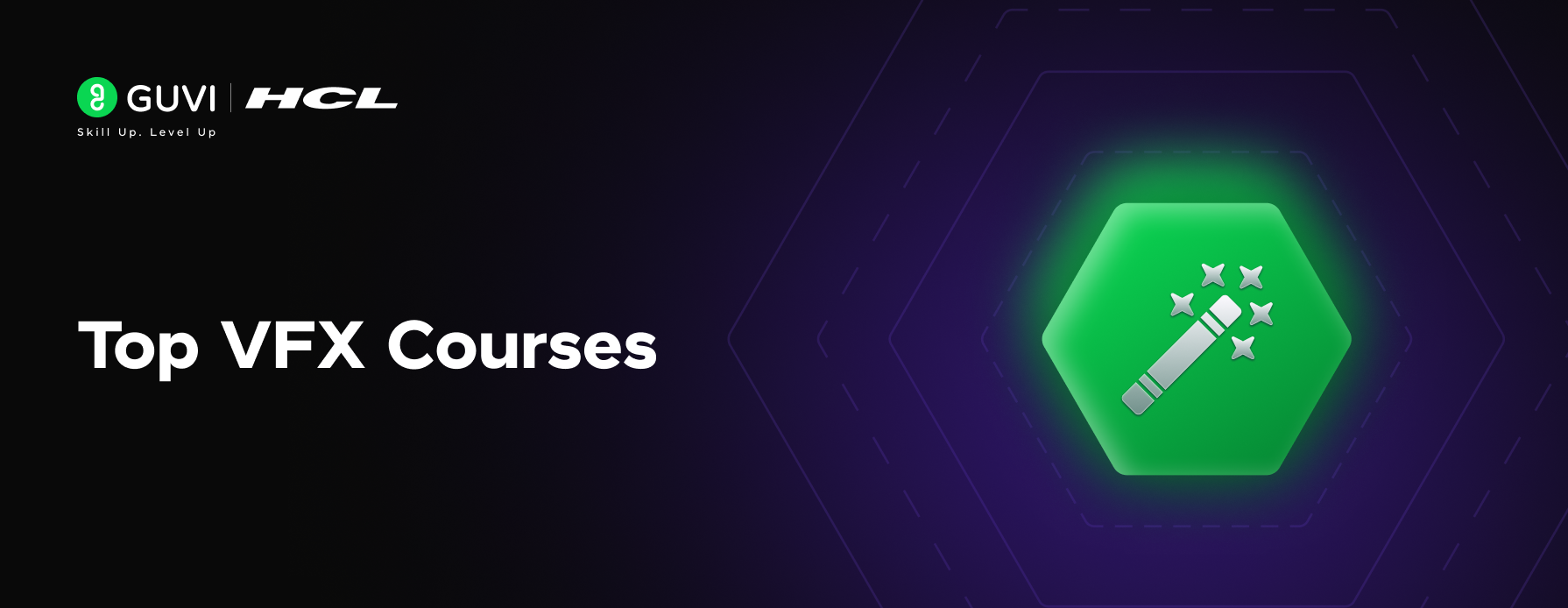
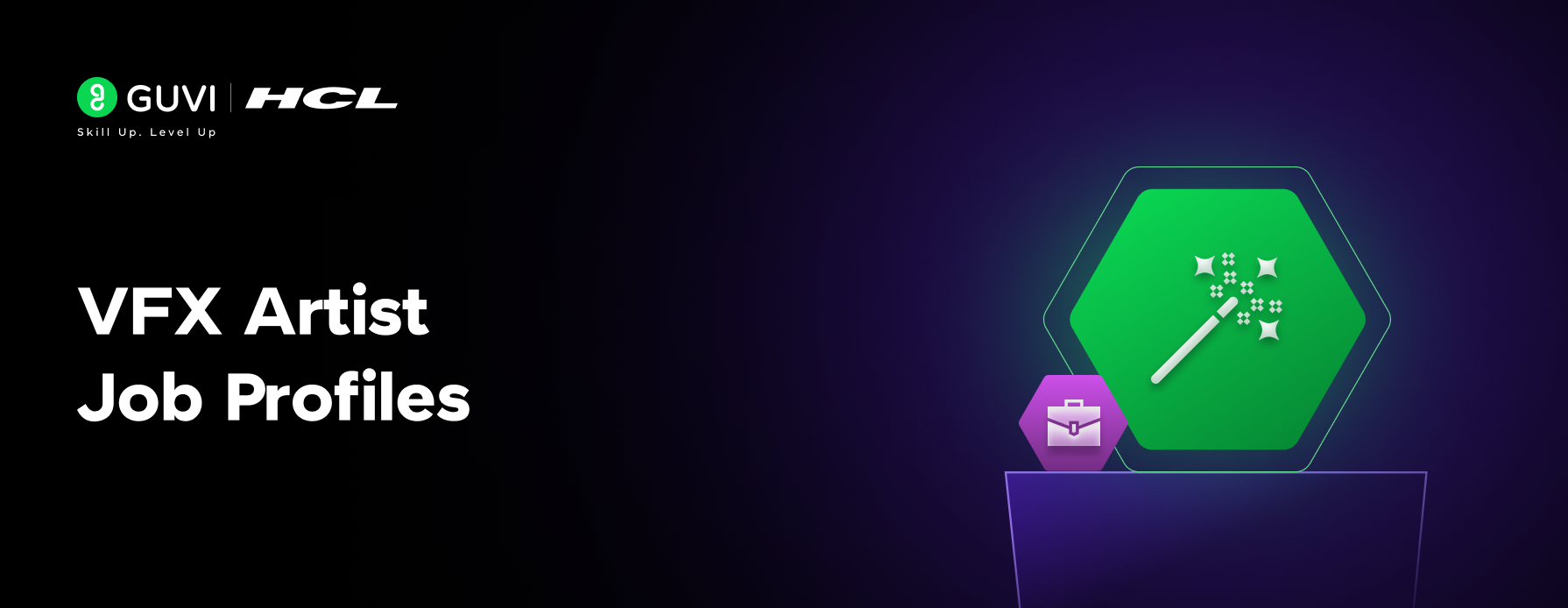

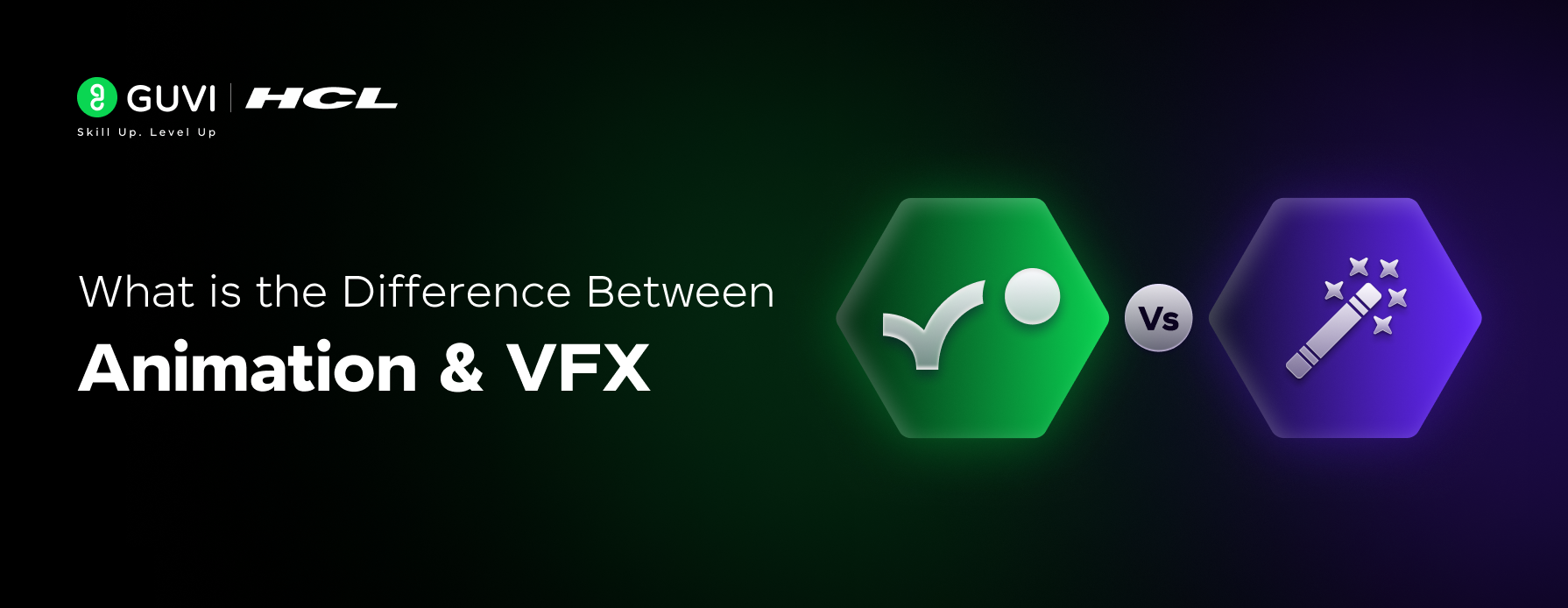
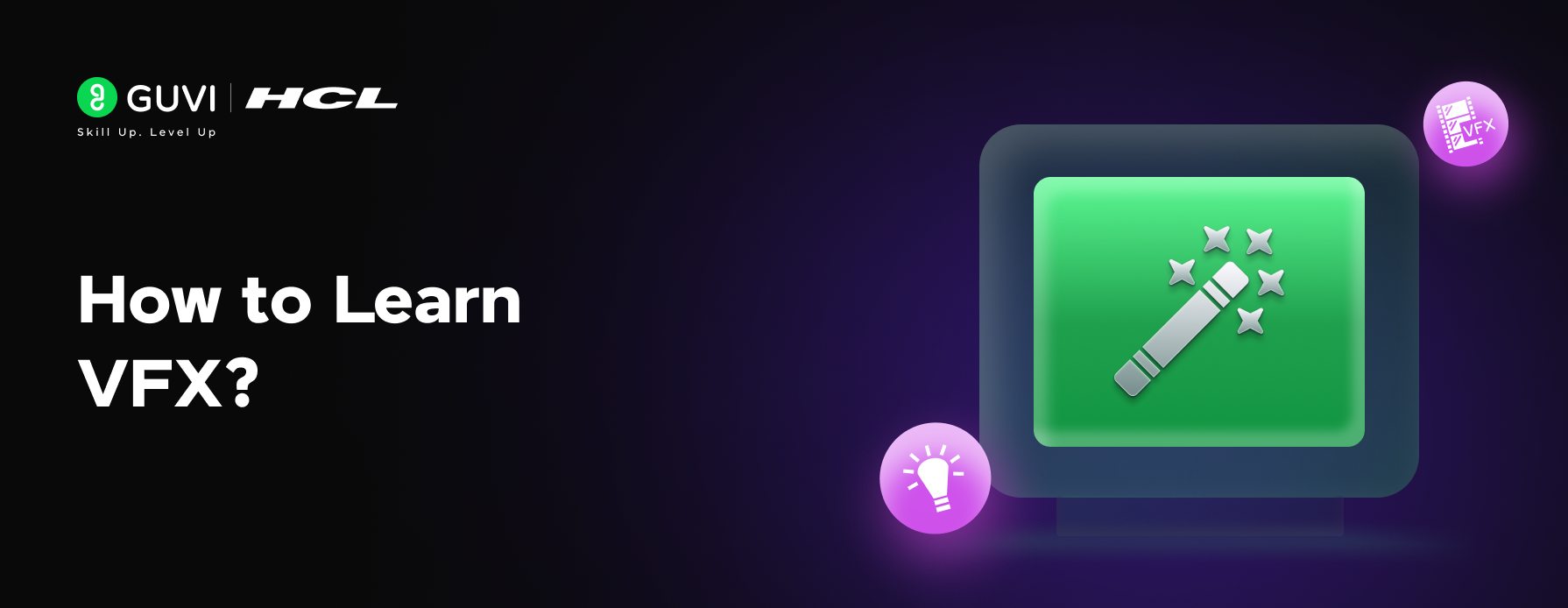
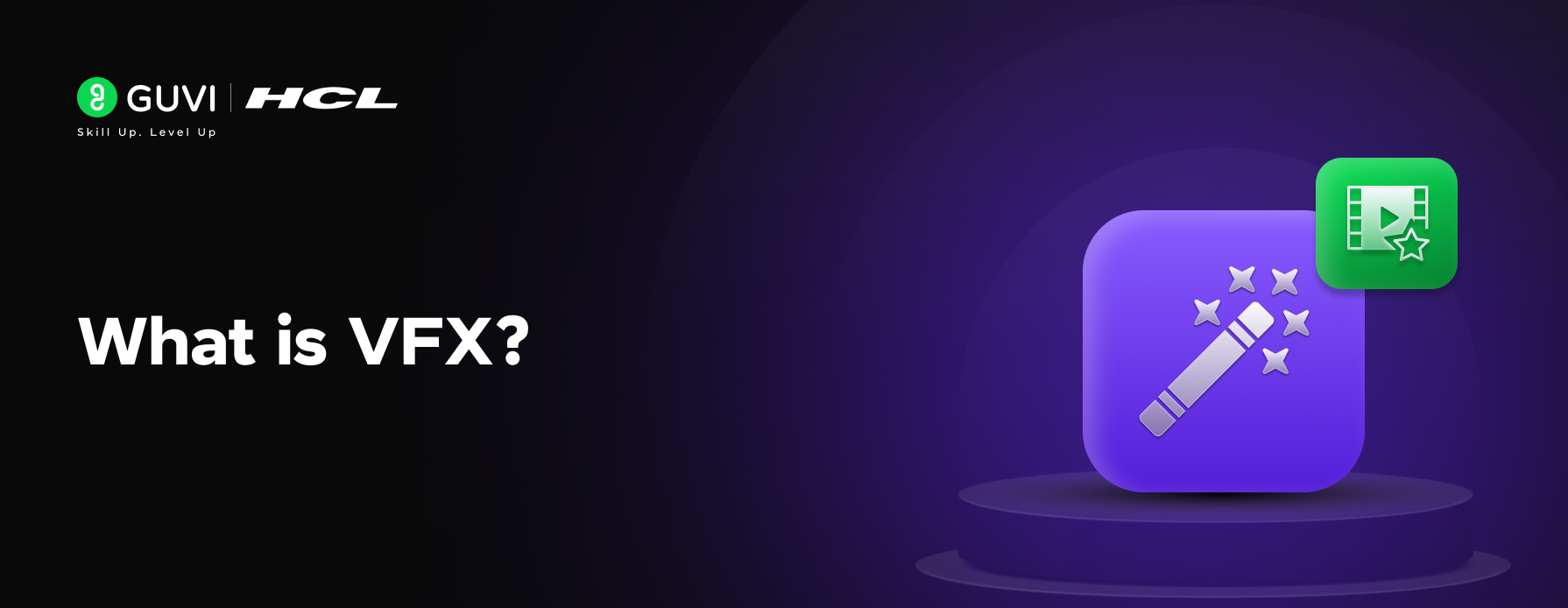
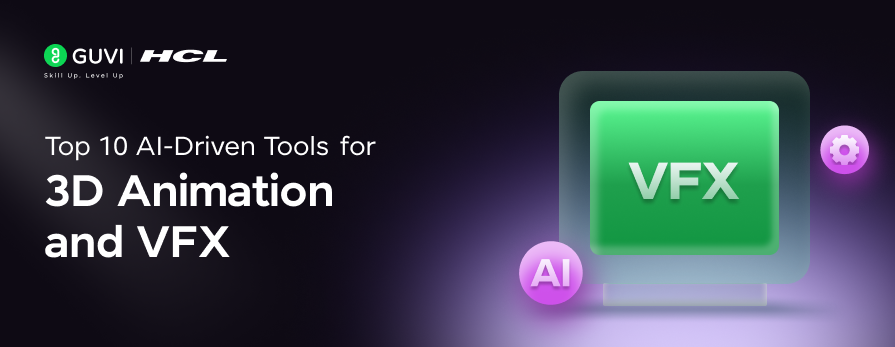
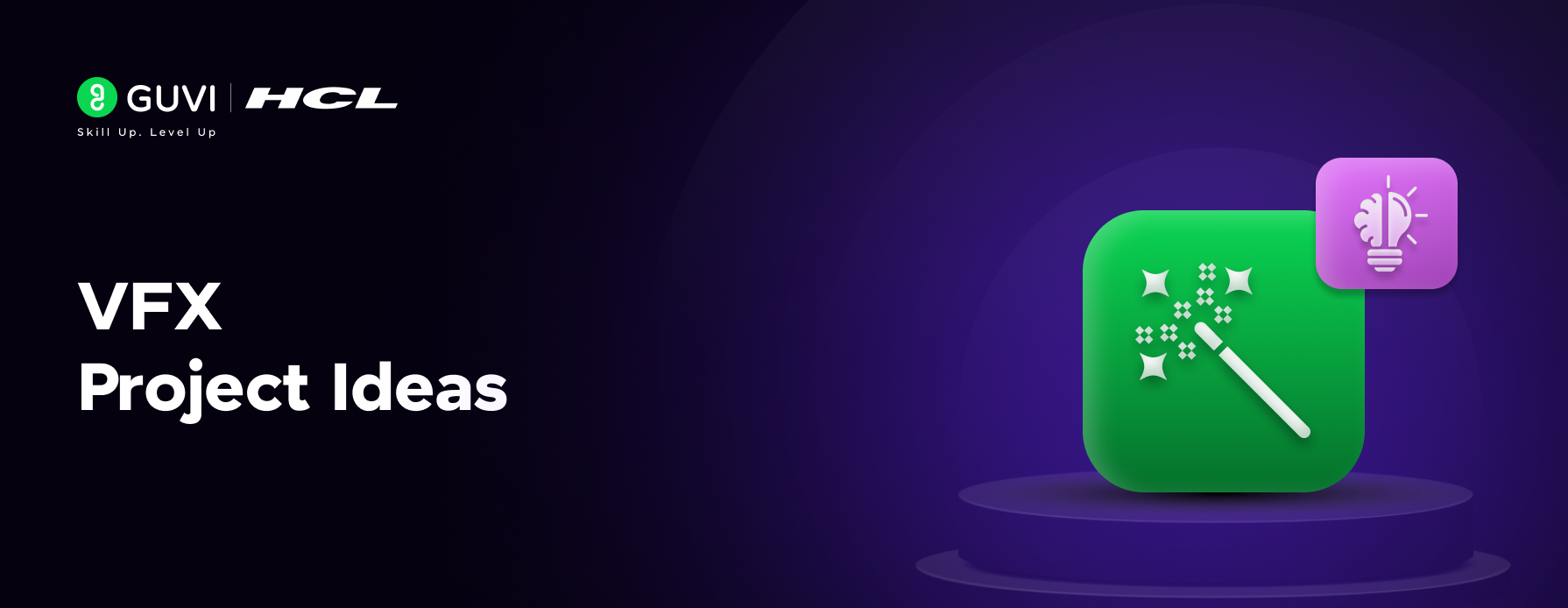
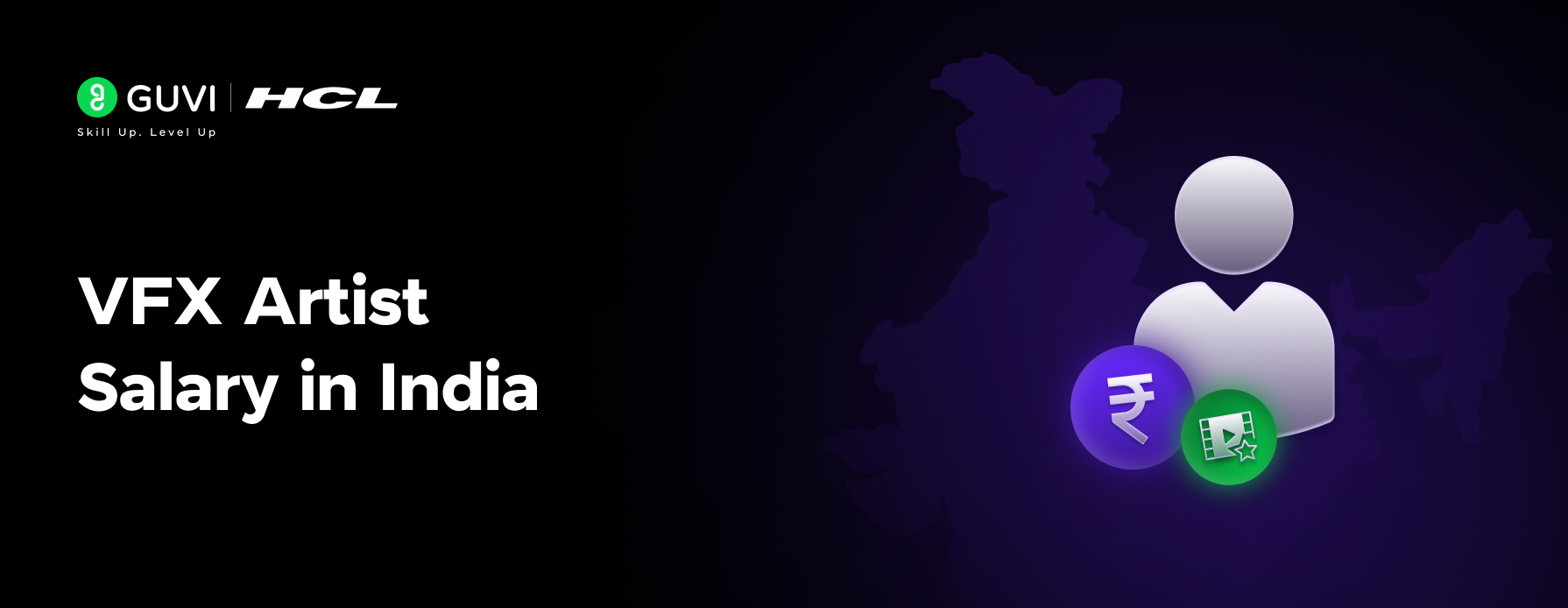

Did you enjoy this article?